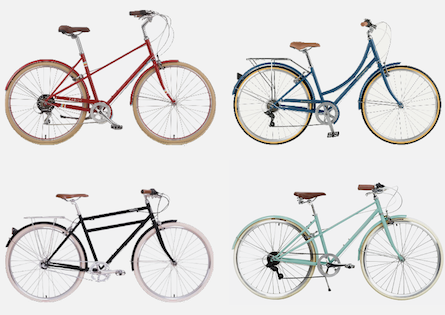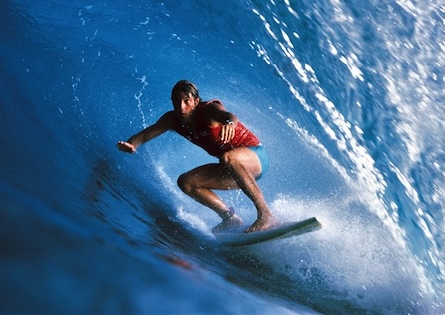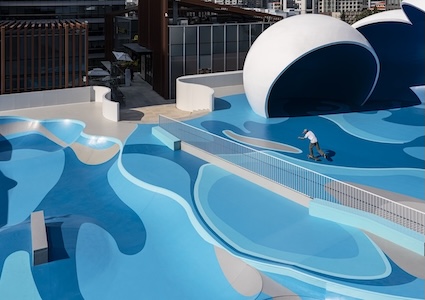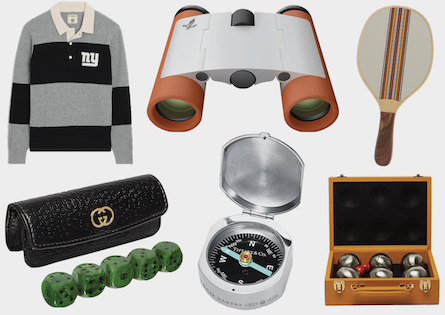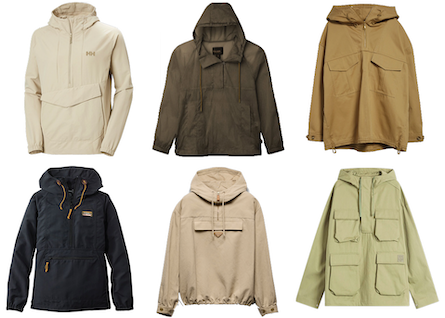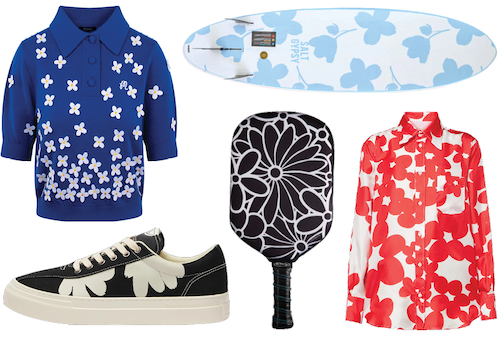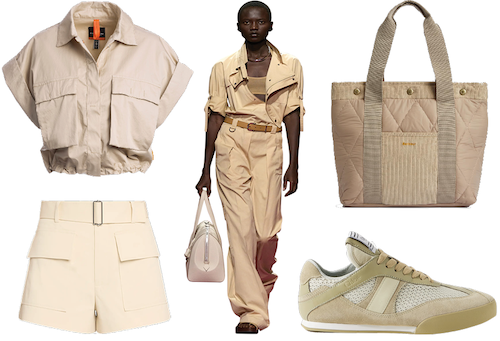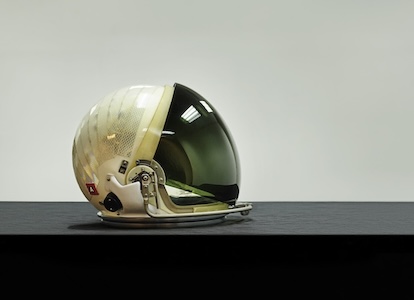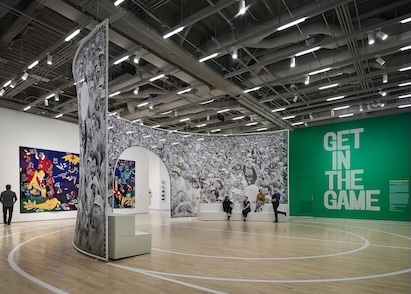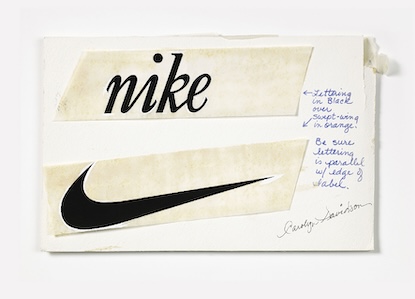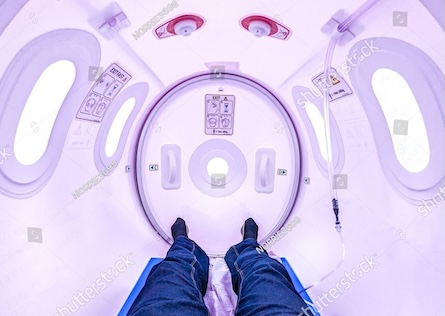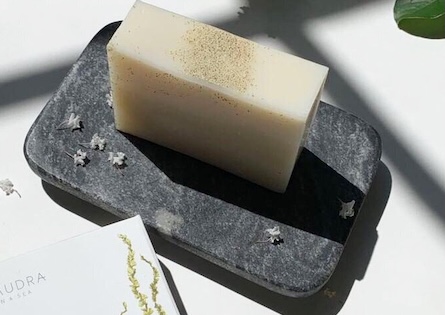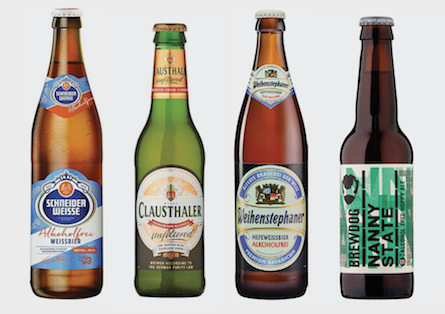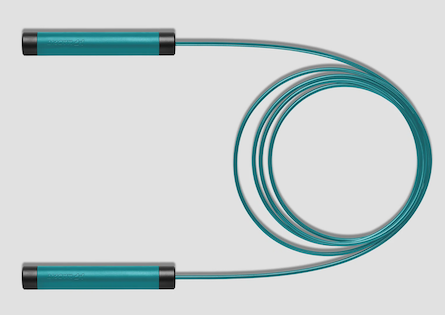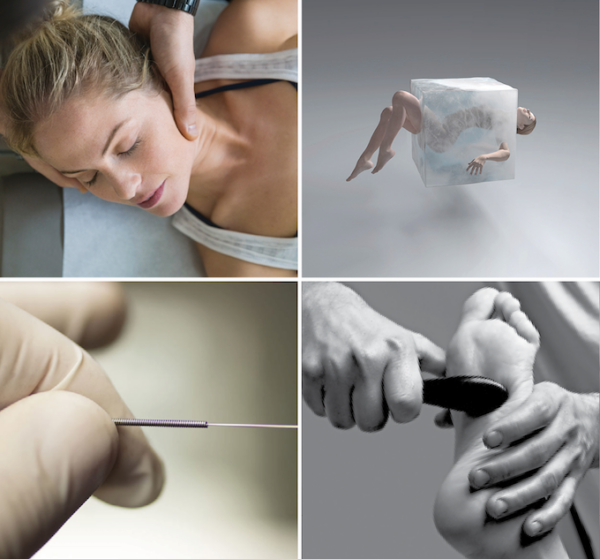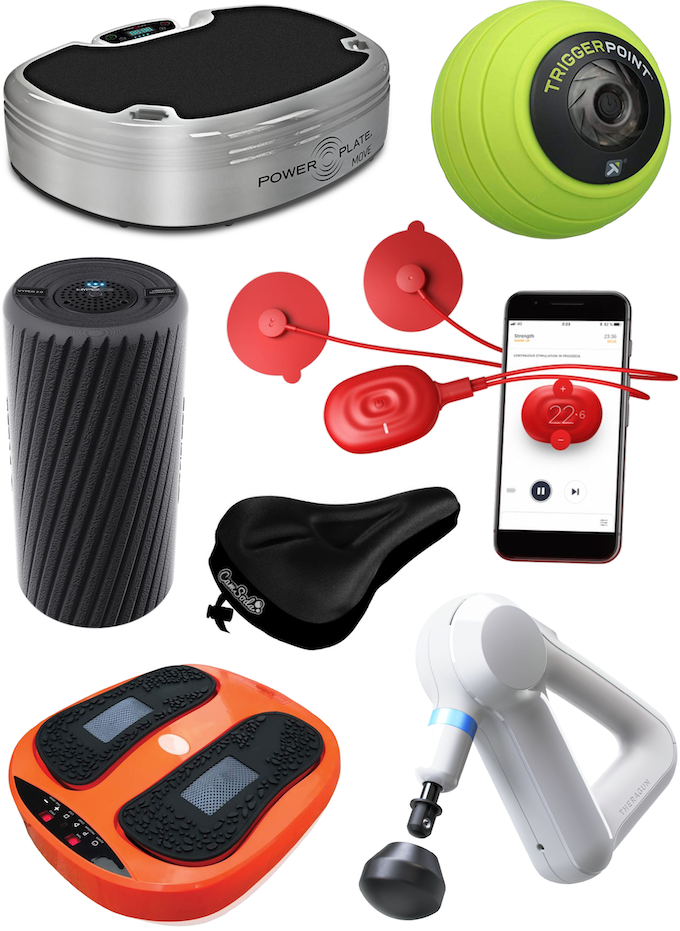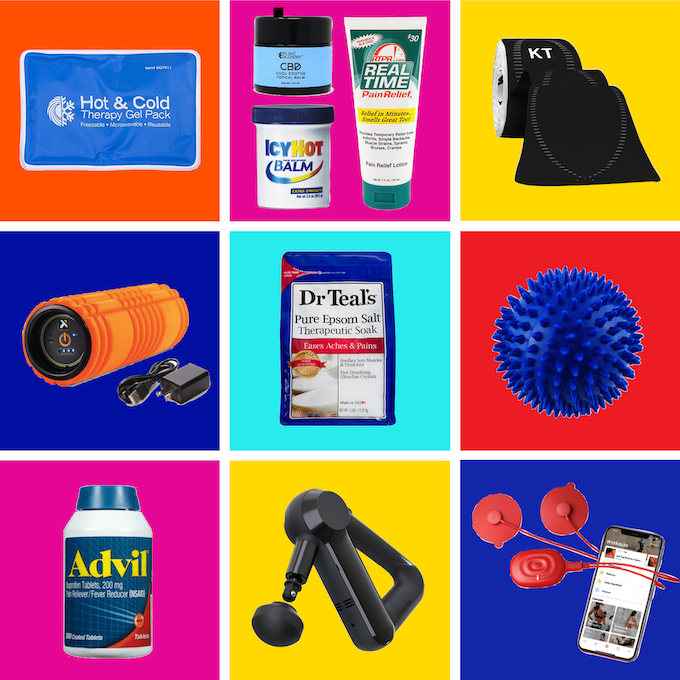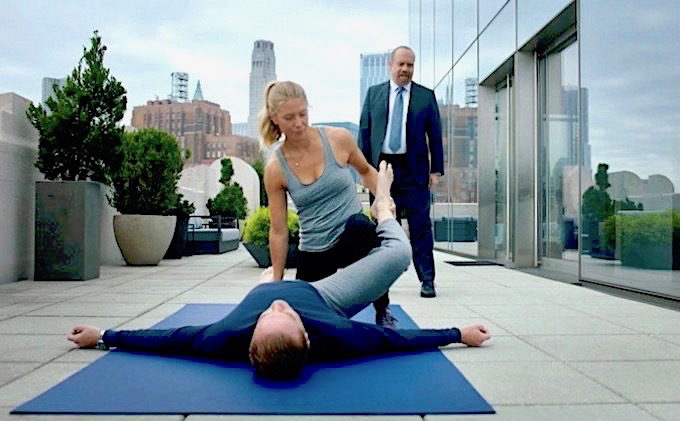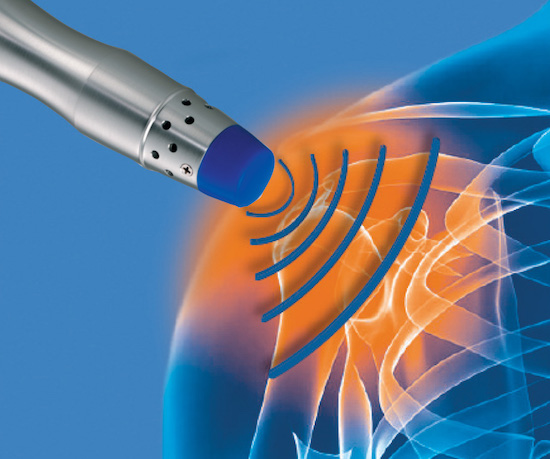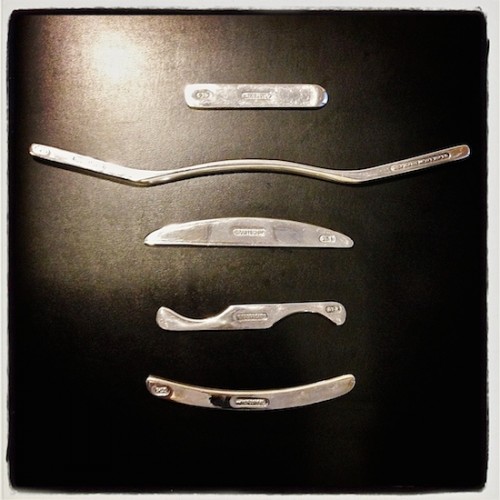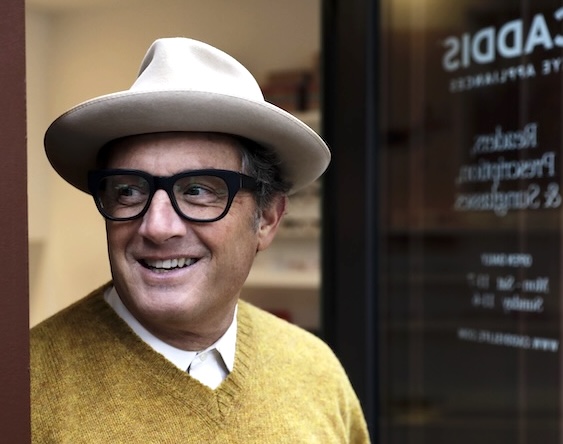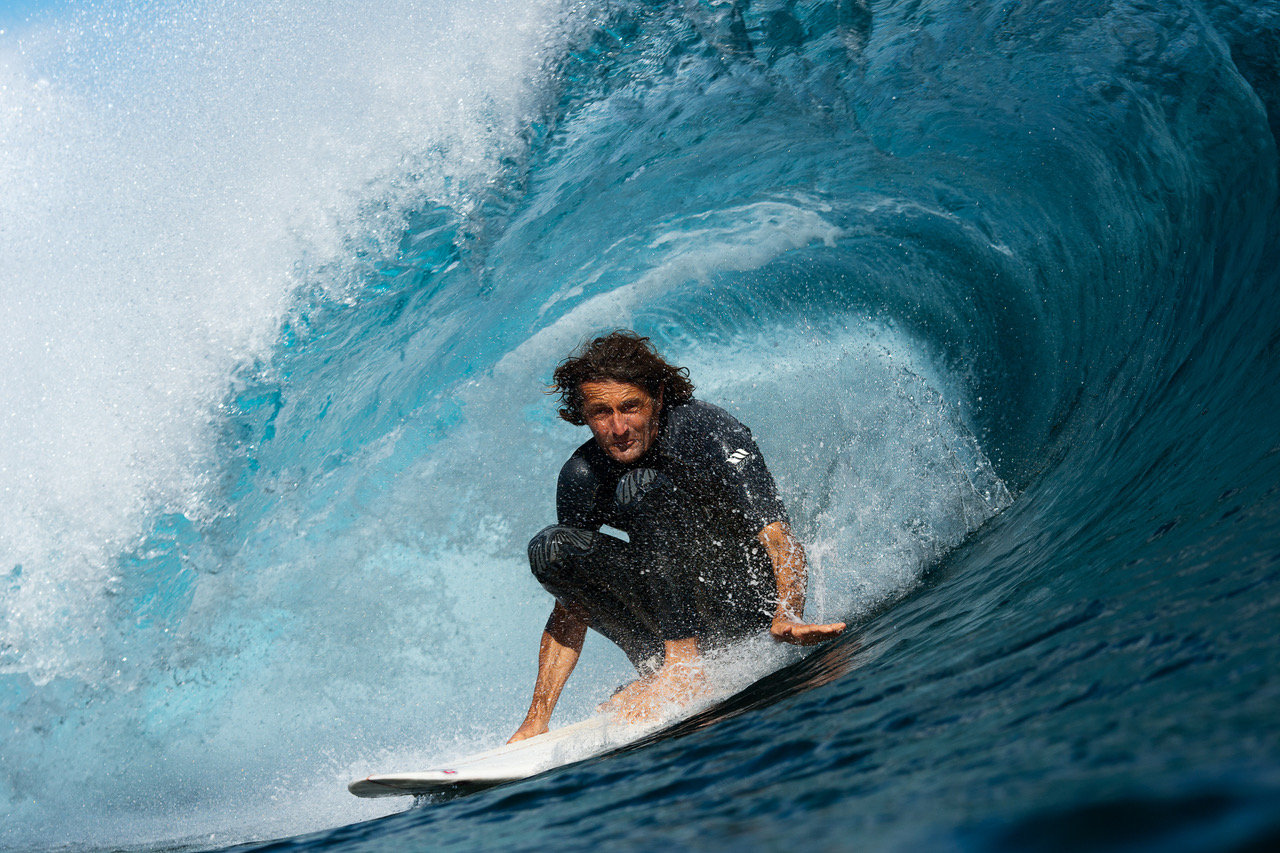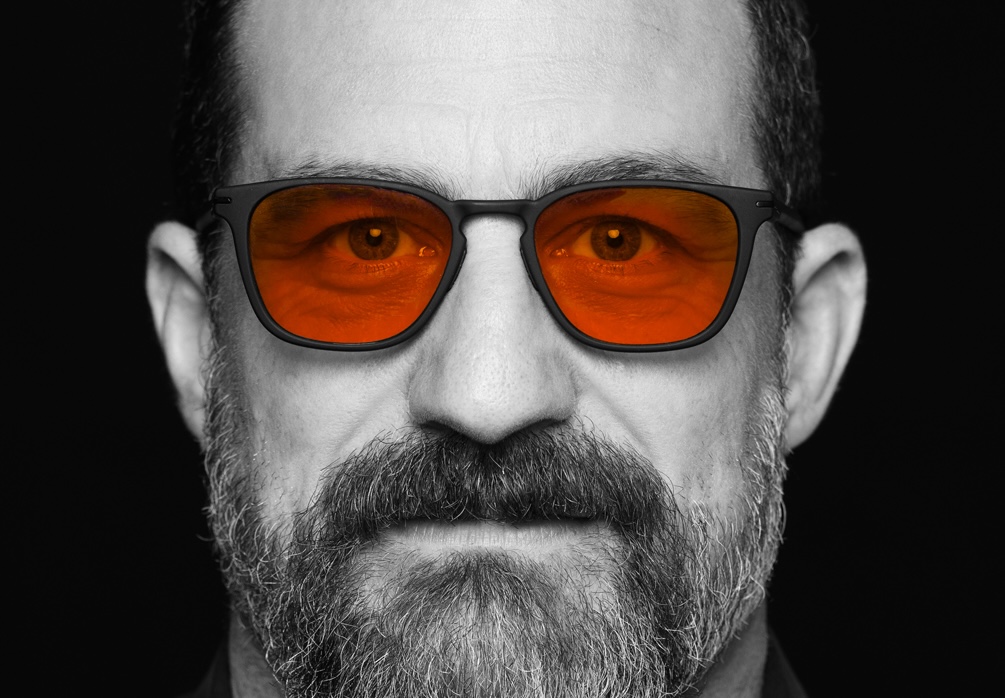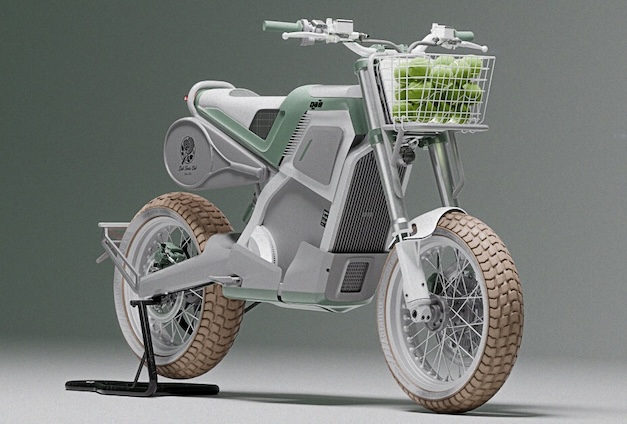As athletes, we are always on the quest for the latest innovation in sports medicine to prevent injuries from taking us out of the game. One of this editor’s go to resources is Duke Chiropractic, which offers full service sports rehabilitation. The latest innovation we discovered there is called “EPAT” or “Radial Shockwave Therapy.” EPAT stands for Extracorporeal Pulse Activation Technology, and is one of the most advanced and highly effective non-invasive treatments for neuromuscular disorders approved by the FDA.
In an overuse injury of a muscle or tendon, when we experience pain it is usually a result of inflammation. The body’s natural response is to create scar tissue to help heal the area, but according to Dr. Scott Duke of Duke Chiropractic, scar tissue reduces mobility, it is very weak and tears, and leads to the formation of more scar tissue and more pain. Probably most critical is that it lacks the blood supply to nourish and heal the injured area.
Enter EPAT, a regenerative treatment for tendon, muscle and bone disorders. Through a pneumatically controlled hand piece, compressed air produces a shockwave that delivers thousands of impulses deep within the tissue. These high frequency pressure waves feel like rapid fire zaps, and stimulate the body’s own reparative reaction, to enhance blood circulation and accelerate the healing process. Says Dr. Duke, ”With EPAT we can literally destroy scar tissue and help regenerate new tissue within the joint that prior to EPAT was too deep for our hands to reach.”
EPAT can be used to treat many painful soft tissue injuries, including Plantar Fasciitis, Achilles tendonitis, acute and chronic muscle pain and other conditions. At Duke Chiropractic they also use EPAT to treat frozen shoulder, post operative rotator cuff injuries, and even hip and knee replacements where scar tissue limits mobility and causes pain.
Radial Shockwave Therapy can also help the body produce more collagen — the protein that helps give tendons and ligaments their structure. There is an analgesic effect as well that can provide immediate pain relief. But probably the best news for athletes is that patients can continue activities immediately after treatment. There is no down time for those of us for whom there is nothing worse than being sidelined by a nagging injury.
